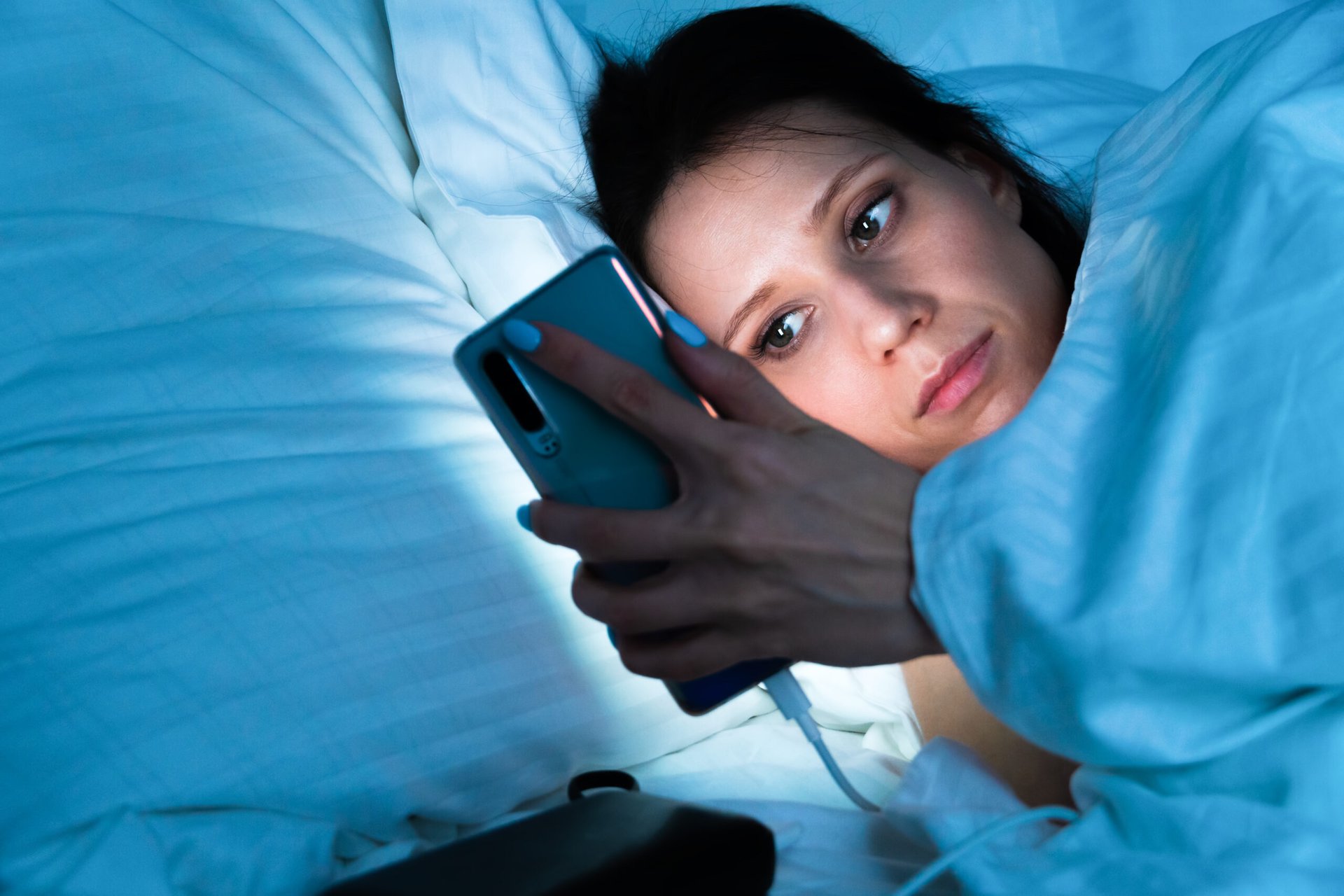
Apple’s feature known as Night Shift promises to help you sleep better by eliminating your exposure to blue light when you use an iPhone, iPad or iPod touch. But a new study is raising questions about that claim.
Brigham Young University psychology professor Chad Jensen and researchers from the Cincinnati Children’s Hospital Medical Center set out to test the claim that Night Shift — unveiled in 2016 — can help you sleep better by adjusting your screen to warmer colors once the sun sets.
Their findings were published recently in the journal Sleep Health.
The goal of Night Shift is to shield Apple device users from blue light, widely believed to disrupt melatonin secretion and sleep cycles.
The researchers examined sleep outcomes of three types of people:
- Those who used their phone at night with the Night Shift function turned on
- Those who used their phone at night without Night Shift
- Those who did not use a smartphone before bed at all
The results were surprising. In a press release, Jensen says:
“In the whole sample, there were no differences across the three groups. Night Shift is not superior to using your phone without Night Shift or even using no phone at all.”
The study seems to bring into question the widespread belief that exposure to blue light disrupts sleep — at least on its own.
Instead, it is more likely that other factors — such as “the psychological engagement experienced when texting, scrolling and posting” — combined with blue light exposure are linked to any sleep disruption, researchers say.
The researchers did find that those who slept seven hours saw a slight difference in sleep quality based on phone usage. In this case, those who did not use their phone prior to bed had better sleep quality than those who did use their phone, regardless of whether Night Shift was used.
However, the more tired you are, the less likely it is that any type of behavior before bed will disrupt your sleep.
Among study subjects who slept less than six hours nightly, there were zero differences in sleep outcomes among those who used Night Shift and those who did not. Jensen says:
“This suggests that when you are super tired you fall asleep no matter what you did just before bed. The sleep pressure is so high there is really no effect of what happens before bedtime.”
How to get better sleep
Since eliminating exposure to blue light is not a magic cure for sleeplessness, you might consider more low-tech steps to getting better shut-eye.
For example, something as simple as wearing socks to bed might improve your rest. As we have reported:
“According to the National Sleep Foundation, having toasty tootsies causes vasodilation (dilation of the blood vessels), which sends a signal to your brain that it’s nighttime.”
You can find more such suggestions in “8 Sleep Tricks That Actually Work.”
Purchasing specific goods designed to enhance sleep also might make for more restful slumber. We have rounded up some of the best in “13 Affordable Products for a Better Night’s Rest.”





Add a Comment
Our Policy: We welcome relevant and respectful comments in order to foster healthy and informative discussions. All other comments may be removed. Comments with links are automatically held for moderation.